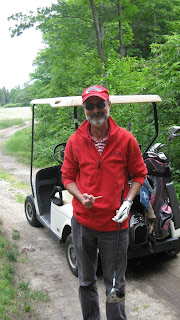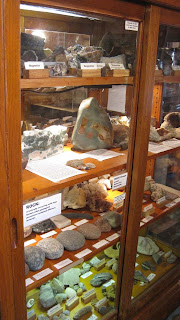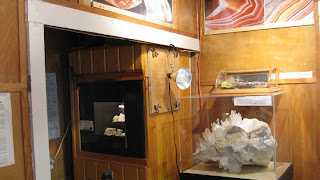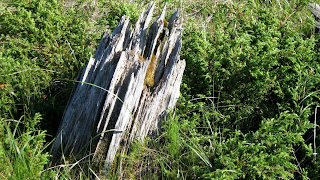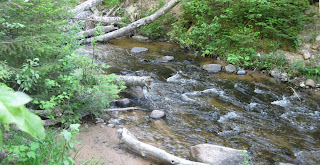Many golfers use "links" and "golf course" interchangeably. But "links" is actually a specific type of golf course. A traditional links course will have many - perhaps all - of the following features:
• The course is built along the seaside;
• The soil is sandy and drains easily;
• The course is laid out naturally, so that unusual bumps and slopes in the fairways and greens remain, rather than being smoothed over;
• The rough features natural seaside grasses;
• Bunkers are numerous, very small and very deep (to keep the seaside breezes from blowing the sand away)
• Fairways are rarely (if ever) watered and play firm and fast;
• Links courses usually have few if any trees;
The Wawashkamo course is located in the center of the island. Part of the course is laid out on an old farm that also served as a battlefield. As the sign in the clubhouse explains, the course was named by a local Chippewa Native American meaning "walks a crooked path." This is the oldest links course in the country.
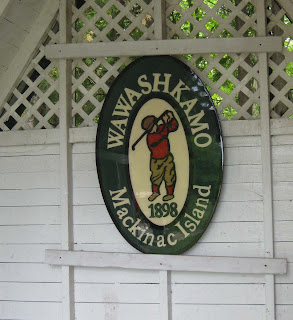
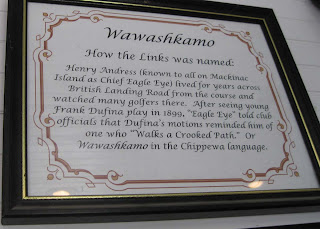


Here are photos of a couple of statues located next to the club house and the historical marker sign.



Thanks to friend, Lee Finkel, for the free golf advice as well as a day to remember.
